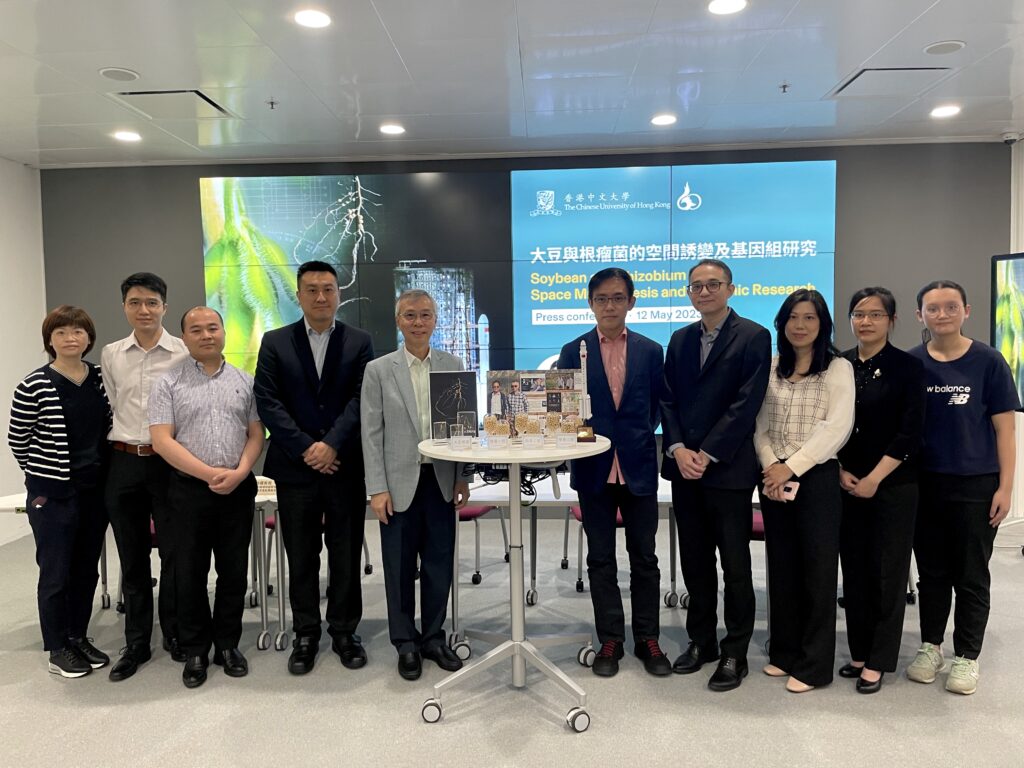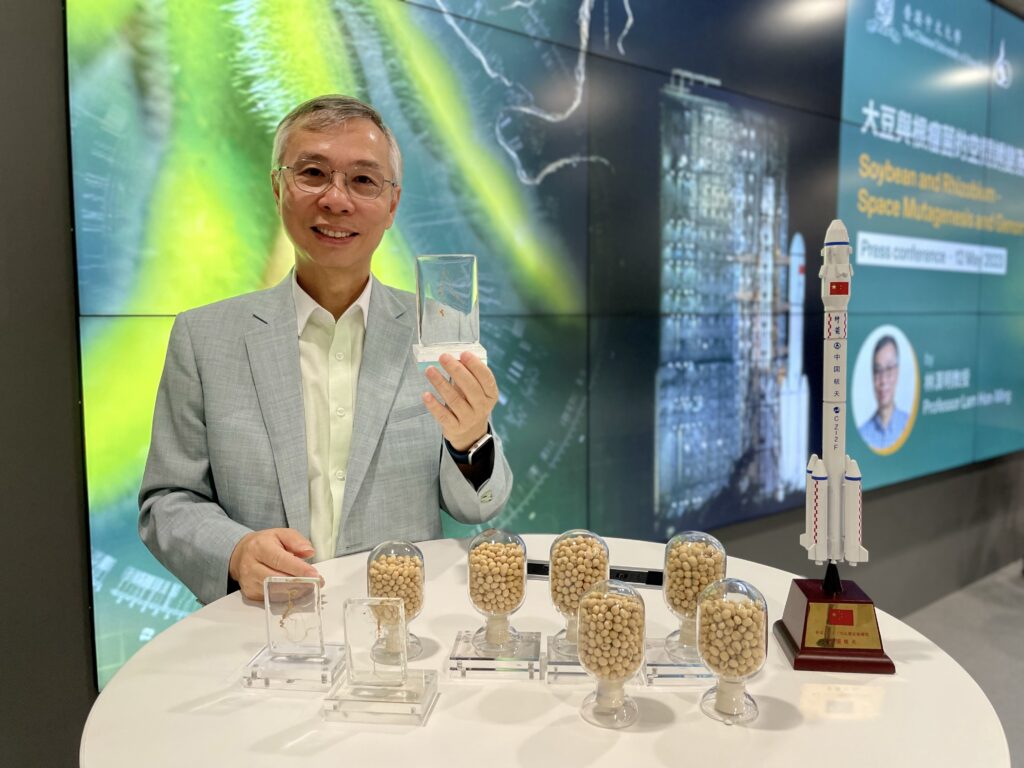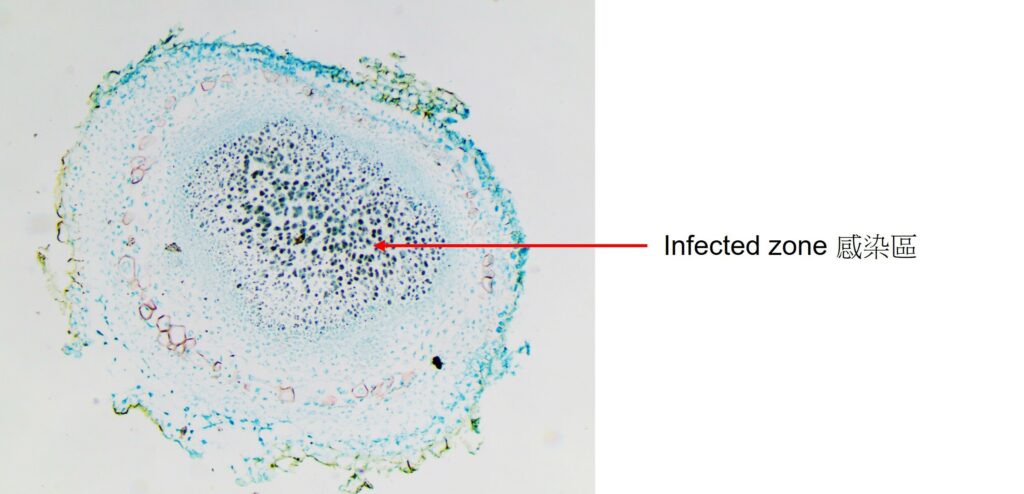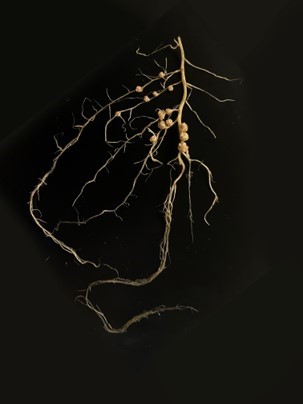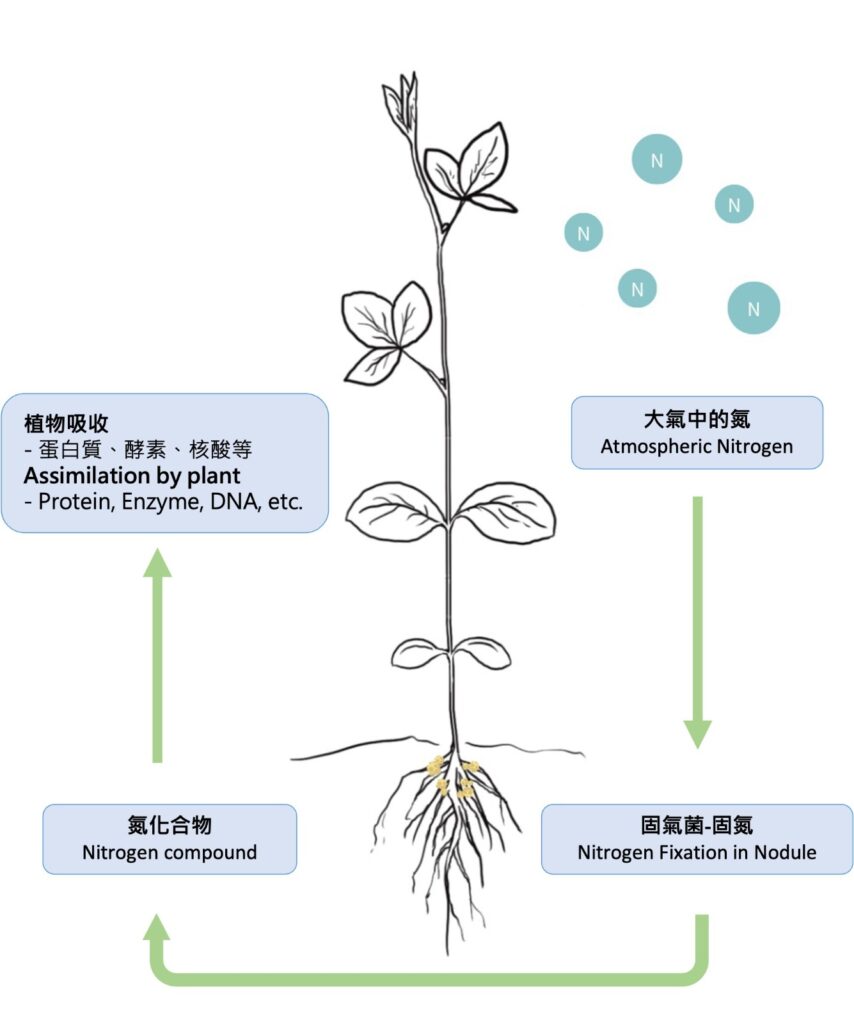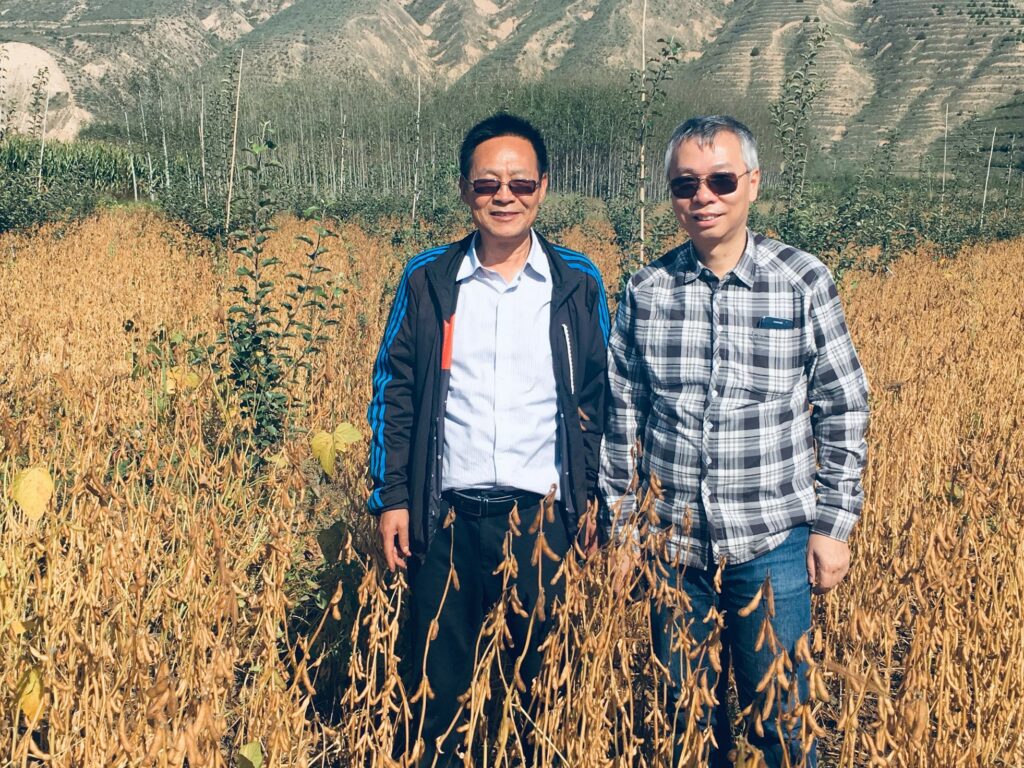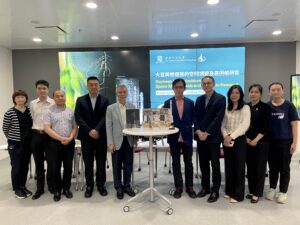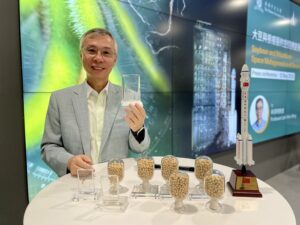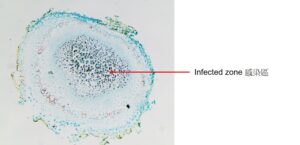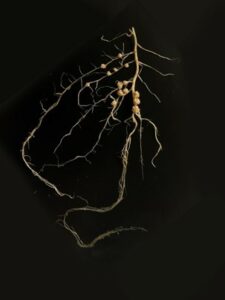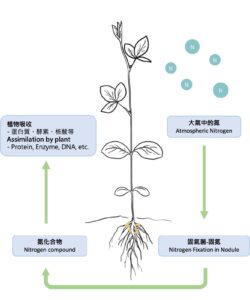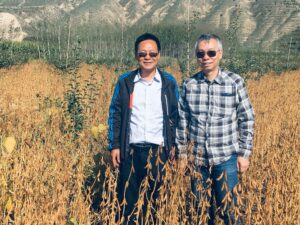CUHK
News Centre
CUHK soybean research project taken to space by Tianzhou-6 First Hong Kong agricultural research project to be launched into space
Professor Lam Hon-Ming, Choh-Ming Li Professor of Life Sciences and Director of the State Key Laboratory of Agrobiotechnology at The Chinese University of Hong Kong (CUHK) and his team, supported by the China Manned Space Agency, and in collaboration with the China Resources Research Institute of Science and Technology (CRRIST) and Shenzhou Space Biotechnology Group (SBG), have sent specimens of rhizobia (soybean nitrogen fixing bacteria) into space on the Tianzhou-6 cargo spacecraft that launched on 10 May. The specimens have arrived at the Chinese space station Tiangong. This is the first Hong Kong agricultural research project to be launched into space, opening a new chapter for the integration of aerospace and agricultural technology.
Professor Lam said that rhizobia are necessary for soybean nitrogen fixing. By comparing extra-vehicular and intra-vehicular rhizobial experiments, the team aims to reveal changes in symbiotic bacteria in biological spaceflight experiments, and screen for new rhizobium strains with application prospects that can improve nitrogen fixing efficiency.
Rhizobia are a type of bacteria that can form nodules with the roots of legumes and convert atmospheric nitrogen into nitrogen compounds for their plant hosts. By studying the mutagenesis triggered by the space environment and conducting space biology research, this project aims to explore the changes in rhizobia under extraterrestrial conditions. After collecting the rhizobia samples from space, the research team will conduct further research, aiming to develop stress-tolerant rhizobia strains with improved nitrogen fixing efficiency, and eventually optimise the use of rhizobia, reduce use of chemical nitrogen fertiliser, improve soil conditions and contribute to a sustainable environment.
Led by Professor Lam Hon-Ming, the research team has been devoted to soybean research for over 25 years. The team has successfully developed three new stress-tolerant soybean cultivars, Longhuang 1, Longhuang 2 and Longhuang 3, which have been distributed to local farmers in Gansu province at no cost since 2016. To further advance soybean breeding technology, Professor Lam is collaborating with CRRIST and SBG, and planning to send the cultivars into space as a complementary experiment, to investigate any induced mutagenesis under space conditions. The team will conduct meticulous analysis on the precious returned specimens to explore the mutation mechanism of soybean seeds in space, aiming to achieve breakthroughs in agricultural technology. The team also plans to screen for new soybean seed materials with promising application prospects, aiming to enrich national strategic agricultural germplasm resources.
Professor Lam Hon-Ming expressed his pleasure and gratitude at being the first Hong Kong agricultural scientist to participate in a national space research project, and expressed his gratitude for the support of the China Manned Space Agency. He believes that not only does the Tianzhou-6 spacecraft carry his agricultural project, but it also carries the hopes of science and innovation in Hong Kong, and symbolises Hong Kong’s role as an international science and innovation hub. “Through this project, we hope to combine agricultural technology with aerospace technology to develop new strategies for agricultural field applications. By integrating advanced technology with traditional wisdom, the project is expected to advance technologies to a new horizon, and bring about breakthroughs in agrobiotechnology that will boost agricultural yield, eventually benefiting farmers and the community, and showcasing Hong Kong’s scientific research capabilities to the world.”
Please see Appendix for details.


